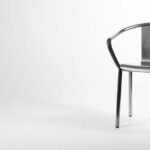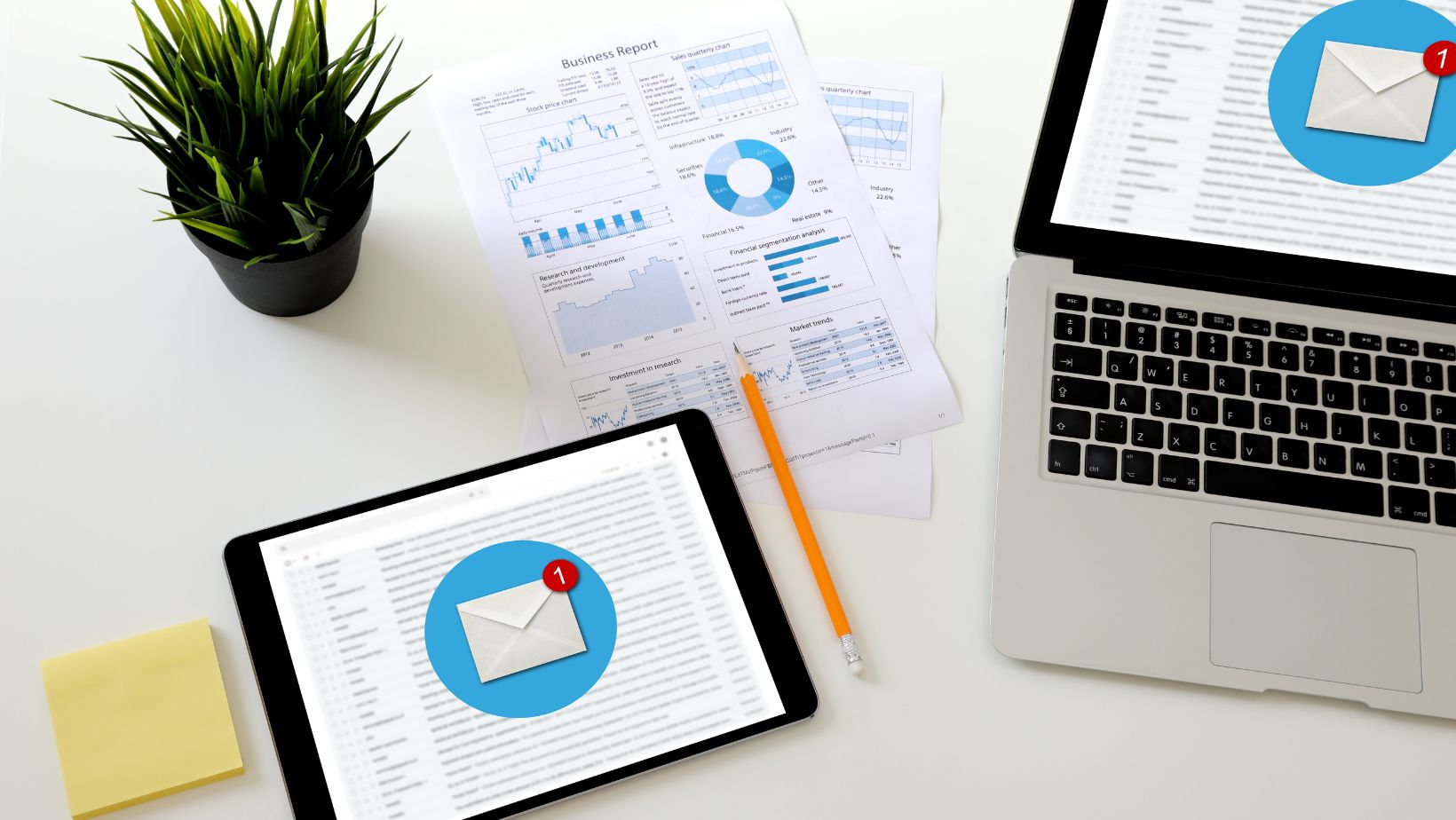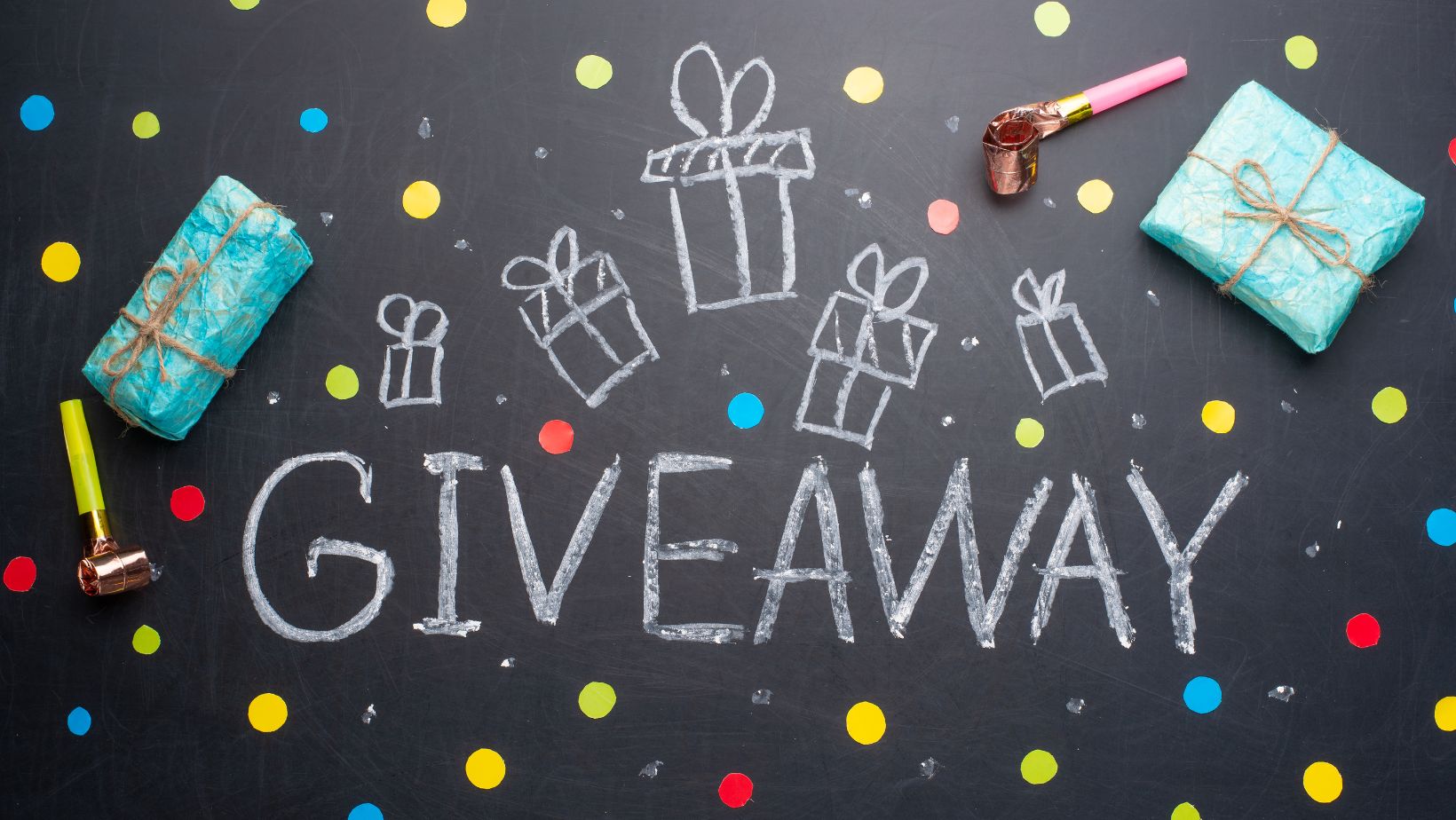Every successful restaurant, café, or cafeteria faces the same challenge: durability. With customers constantly moving, staff navigating tight spaces, and furniture enduring daily wear, few materials stand the test of time like metal. Metal chairs are engineered for strength. They handle weight, movement, and repetition without warping or loosening over time. Unlike wooden or plastic options, quality metal restaurant chairs hold their structure even after years of constant use. This makes … [Read more...]
Budget-Friendly Things to Do in Cusco with The Whole Family
Cusco, the historic heart of the Inca Empire, is a dream destination for many families. While the allure of Machu Picchu is undeniable, the city itself and its surrounding valleys are treasure troves of affordable and enriching experiences. A family vacation here doesn’t have to strain the budget, as countless activities offer deep cultural immersion, historical education, and pure fun without a hefty price tag. By focusing on the wealth of public spaces, local markets, and easily accessible … [Read more...]
How to Stay Organized Financially While Raising a Busy Family
Managing money while juggling school schedules, extracurricular activities, and family commitments can feel like a full-time job. Between the constant flow of expenses and the challenge of finding time to plan, many parents struggle to maintain financial control. Yet, staying organized financially isn’t just about managing bills. It’s about creating stability and peace of mind that supports your family’s well-being and work-life balance. By adopting a few structured strategies, you can … [Read more...]
Digital Security for Families: Why Every Parent Should Consider a VPN
Raising children in the digital age is about more than setting screen time limits or teaching them to stay safe outside. Families now have another world to look after — the one that lives behind every connected screen. From the tablet a child uses for games to the laptop they take to school, everything is online. The internet helps kids learn and explore, but it also opens doors to risks that are easy to miss. The hidden risks families face online The internet gives children instant … [Read more...]
Modern Ways to Relax: From Meditation to Digital Play
Modern life rarely pauses. Between constant communication, multitasking, and digital overload, relaxation has become not just a luxury but a skill. The meaning of “rest” has shifted from doing nothing to doing something restorative—activities that quiet the mind while keeping it gently engaged. Today, relaxation takes many forms: mindfulness, movement, and even technology-based experiences. From quiet meditation to immersive digital games, modern methods of rest reflect the diversity of how … [Read more...]
How To Find The Ideal Commercial Property Tax Consultant Near You
Finding the best commercial property tax consultant helps businesses handle property tax matters efficiently. Property taxes affect budgets, so choosing the right consultant saves time and money. A good consultant offers clear guidance on assessments, appeals, and compliance. This support ensures accurate valuation and fair taxation for any commercial property. Professionals like icon property tax consultants provide structured processes that simplify property tax management. They help … [Read more...]
Traveling With Parents: Memory, Class, and the Politics of Movement
The Meaning of Movement Travel is often framed as freedom — an escape from work, a chance to explore. But for many, it reveals how unequal freedom really is. To travel requires money, documents, and time — privileges not evenly shared. When we travel with our parents, we carry more than luggage. We carry the weight of their history, their labor, and the sacrifices that made our own movement possible. Every trip becomes a mirror of social class, showing who gets to rest and who keeps the world … [Read more...]
A Trip Your Kids Will Love: From Pokémon Parks to Wizard Worlds
If your bets Spinando are going well, pull yourself together and take your child on their dream trip. If you’re planning a family trip and want something your kids will remember forever, skip the usual beaches and shopping malls — go on an adventure. Around the world, there are magical places where fantasy meets reality. From Pokémon parks in Asia to the filming sets of Harry Potter and The Lord of the Rings, these destinations turn childhood dreams into real-life experiences. 1. Pokémon … [Read more...]
The New Face of Online Gambling: How Millennials and Gen Z Are Changing the Game
The world of internet gaming is changing very quickly. Millennials and Gen Z are now in command, converting what used to be a traditional activity into a modern, tech-driven one. With mobile gaming, live streams, and social interactions, these digital natives are reshaping how people engage with online casinos. From innovative apps to top Kuwait online casino sites offering faster gameplay and smarter features, younger players are drawn to platforms that combine entertainment with convenience. … [Read more...]
How Interest Rates Affect Your Everyday Finances (Even If You’re Not an Economist)
Let’s be honest, most of us glaze over the moment someone says “interest rates.” It sounds like something for economists or financial analysts, not for people who just want to keep up with bills, save a little, and live comfortably. But here’s the twist: interest rates affect almost everything in your financial life. They determine how much you pay on your credit card, how much your savings grow, and even the cost of that car loan or mortgage you’re eyeing. You might not notice the effects … [Read more...]




























